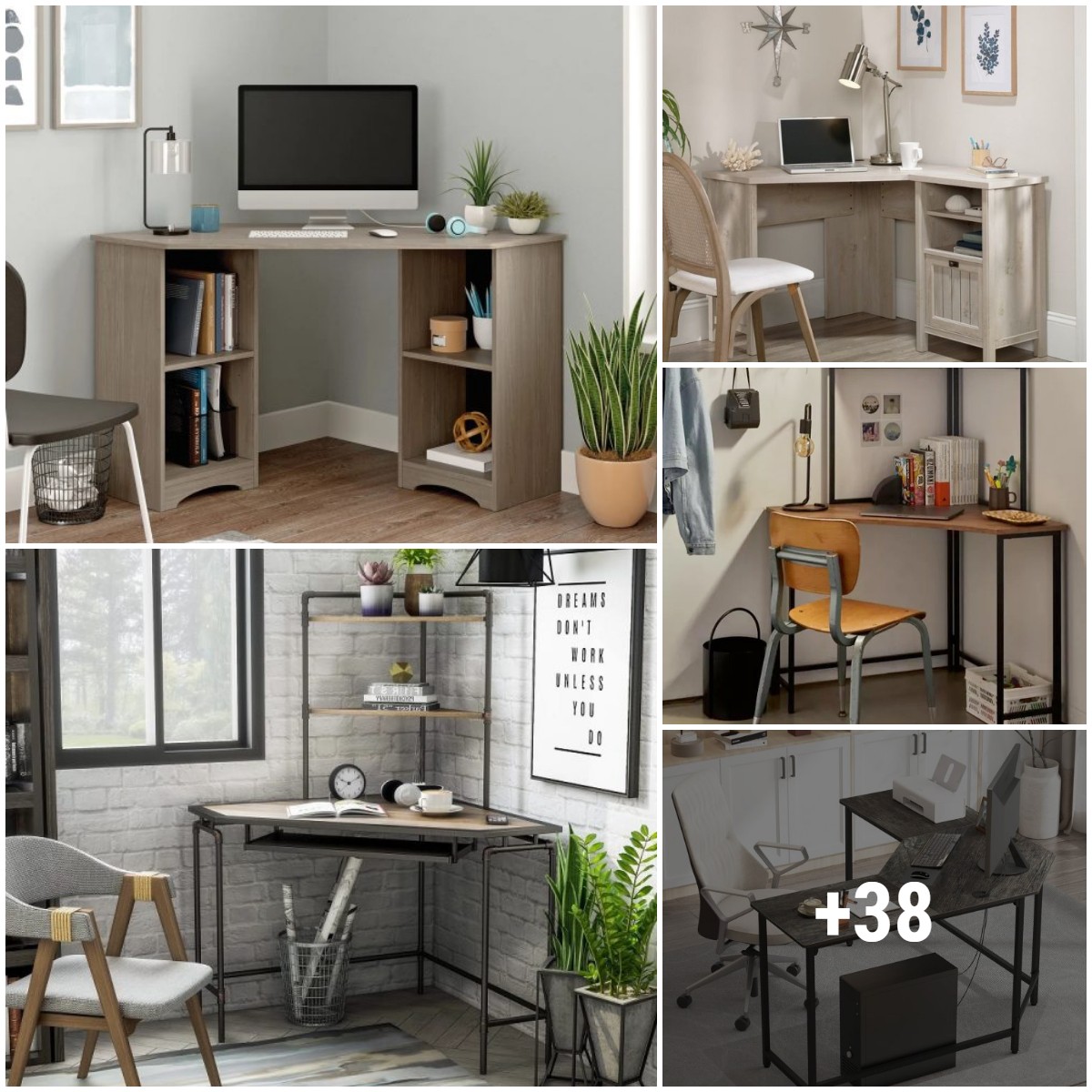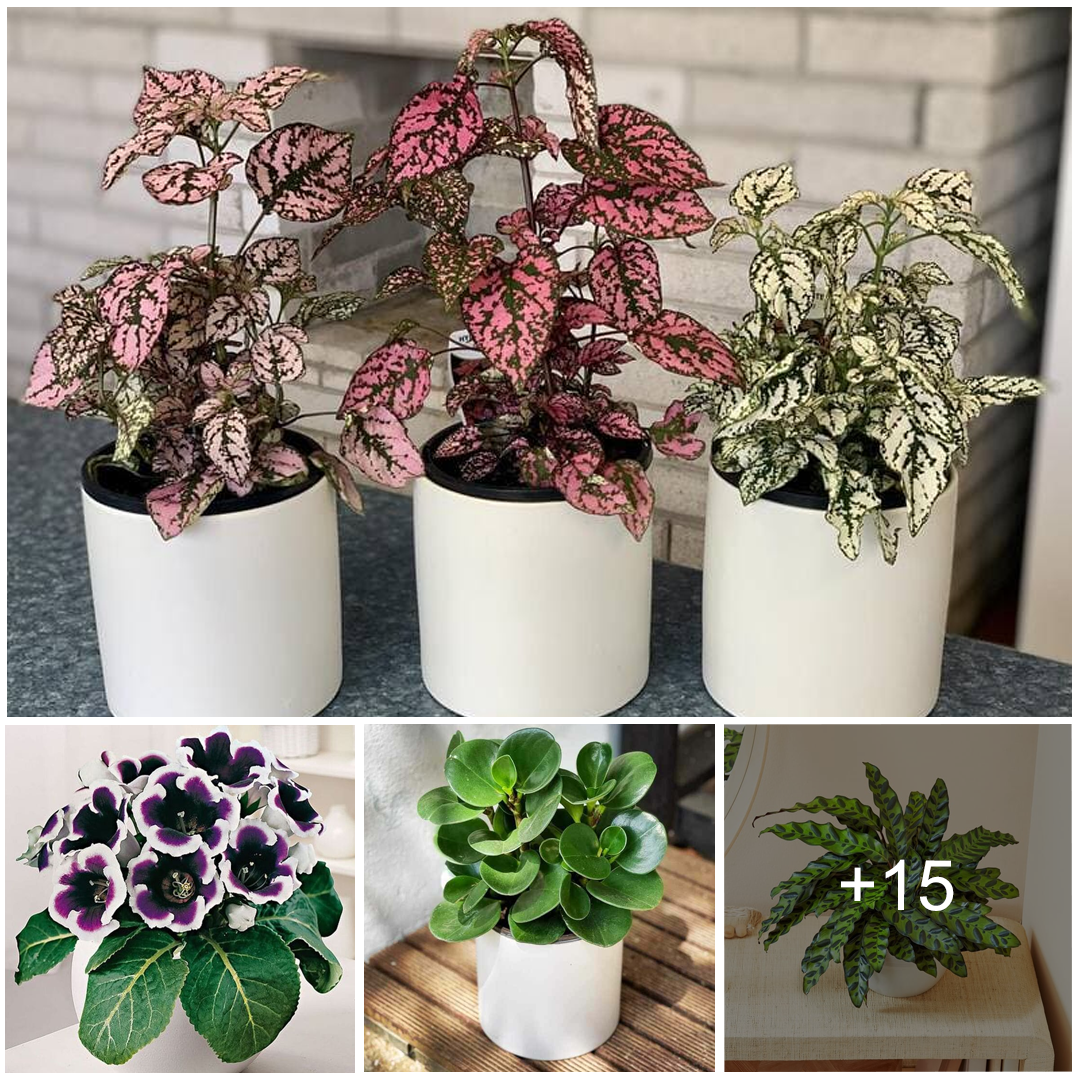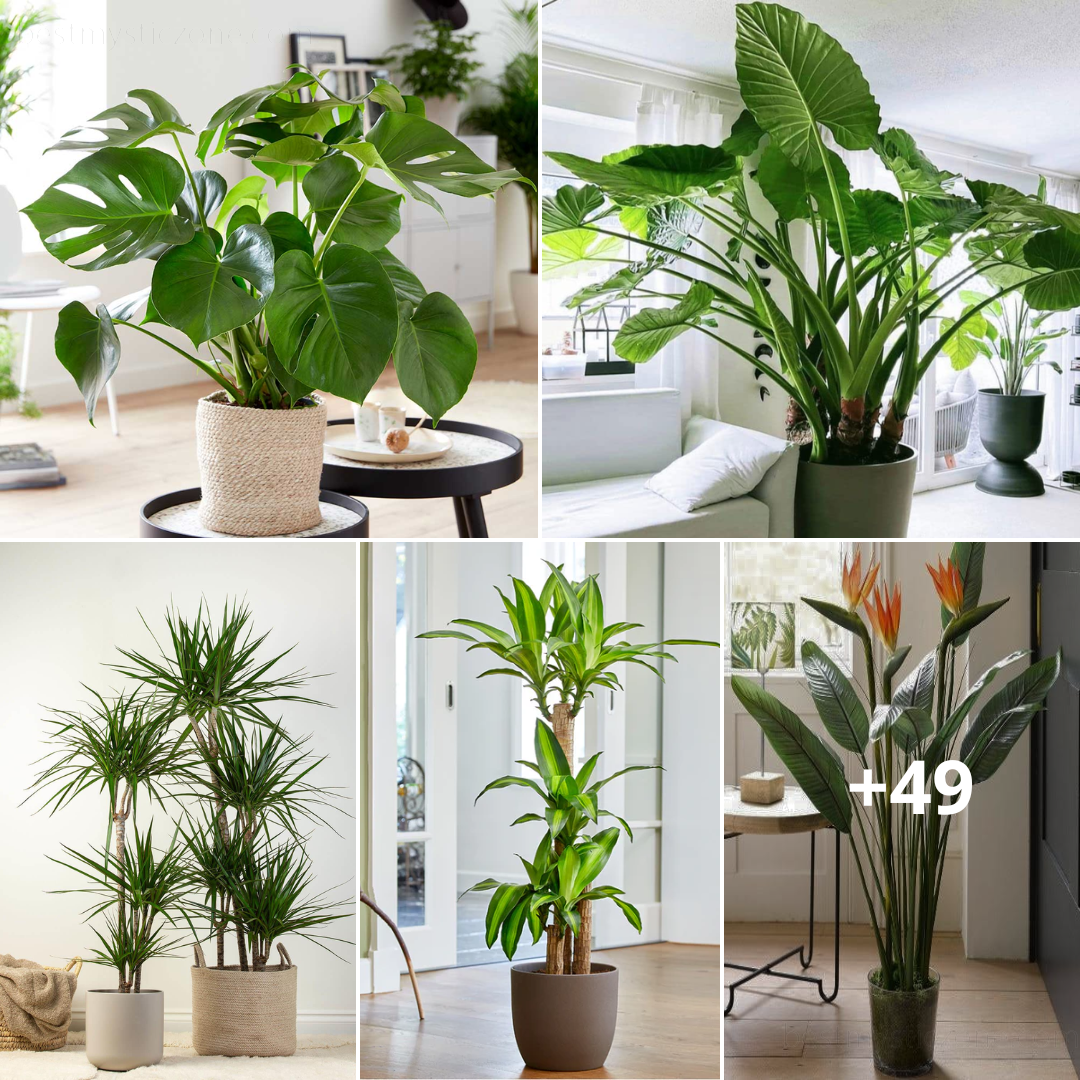
Known for their large, heart-shaped leaves with attractive contrasting veins, kris plants can add a striking, jungle-like vibe to your space. And you know us: We’re always looking to add that tropical feel to our homes. Part of the Araceae family—which contains roughly 70 alocasia species1—the kris plant (Alocasia sanderiana) is often confused for its cousin, colocasia (or elephant ear plant) because they look almost identical. However, there’s one huge difference between the two: Colocasia has edible roots, but alocasia is highly toxic to both humans2 and animals.3
Even though they require a little extra attention, we love kris plants because they’re just so darn beautiful. If you’re new to the plant game, this is a good starter plant because it’s fast-growing and fairly easy to care for—just be sure to give it the lovin’ it deserves and keep it well out of reach of children and pets.
- Botanical Name: Alocasia sanderiana
- Common Name: Kris plant
- Plant Type: Flowering perennial
- Mature Size: 18–30 inches high
- Sun Exposure: Bright, indirect light
- Soil Type: Moist, well-draining potting soil
- Soil pH: 5.5–6.5
- Toxicity: Toxic to people,2 toxic to pets3
:strip_icc():format(webp)/alocasiapollypothos9-21-19-a3c33991a28a4768b91ec6539ce17bda.jpg)
MODERN HOUSE VIBES
Plant Care
Since kris plants are native to tropical jungles, they need consistent moisture in their soil. The key to keeping them happy is to make sure the soil is evenly moist because if it dries out completely, your plant will probably die pretty quickly. That said, your kris plant may need a little less water when growth slows in the winter, so keep an eye on the soil during the spring and fall transition periods.
As you can probably guess, kris plants benefit from high humidity. Place your plant on top of a tray of pebbles with just enough water so that the pebbles elevate the bottom of the pot above the waterline; this will add humidity to the air around your plant as the water evaporates.
Kris plants can also do well on a windowsill in your bathroom, where they’ll get good light and plenty of moisture from the shower steam.
You might even consider grouping your humidity-loving tropical houseplants together, which can help to create a more humid microclimate in your space. Consider running a humidifier near them to create the best conditions, especially during dry months.
Feed your kris plant with half-strength liquid houseplant fertilizer three or four times per year. Your kris plant may bloom, but its flowers won’t be particularly showy and these plants are more prized for their foliage.
Best Growing Conditions for Kris Plants
Plant your kris plant in a container with loose, well-draining soil. You can also use a potting mix made of two parts African violet mix or a blend of equal parts coarse sand or perlite, peat, and potting soil.
They grow best with lots of bright, indirect light, so a window that doesn’t get harsh direct sun, like a north-facing or east-facing window, would be an ideal spot for this plant to thrive.
If you have a partially shaded outdoor space, your kris plant will love living alfresco in the warm summer months.
Types of Kris Plants
There are many striking varieties of kris plants that come in a wide range of colors, shapes, and sizes. Look for houseplant-specific or compact varieties that won’t grow too large to be enjoyed as an indoor plant; the following types typically don’t grow more than two feet high.
Alocasia x Amazonica, also known as ‘Polly,’ features shiny deep green leaves with angular edges and contrasting white veining. Another compact variety, ‘Silver Dragon,’ has pale silvery-green leaves with dark green veining and red undersides. Alocasia regulina, or ‘Black Velvet,’ is a smaller variety with soft, velvety round leaves colored almost black with contrasting white veining.
How to Propagate Your Kris Plant
Like many of their cousins in the aroid family, such as philodendrons, pothos, monstera, and ZZ plants, kris plants are easy to propagate via root division. The best time to divide your kris plant is in spring or early summer at the start of the growing season. Here’s how:
Step 1: Carefully remove the mother plant from its pot, and use your fingers to loosen and remove soil from the roots.
Step 2: Gently pull apart the root ball into clumps, making sure that each clump includes at least a couple of potato-like tubers among the roots. Use a clean, sharp blade or pruners to separate the roots if needed. Each clump will grow a new plant.
Step 3: Plant your divisions in appropriately sized containers with well-drained potting mix, and then water the new plants. You can also place small divisions in water to allow new roots to grow before planting in the soil. Keep divisions in a space free from drafts or temperature fluctuations while their root systems re-establish, and then care for them as usual.
:strip_icc():format(webp)/alocasiajoimijohabi-9c40e9ca708b4e71ab86e266bc5566c7.jpeg)
JOIMI JOH ABI / GETTY IMAGES
Common Problems With Kris Plants
As much as we love kris plants, they can be quite sensitive and, therefore, prone to a whole slew of growing issues. They’re pretty susceptible to diseases, including crown, stem, and root rot.
Leaves Turning Yellow
Yellowing leaves is most likely caused by a watering issue—either too much or too little. Keep in mind that kris plants can drink up to several inches of water a week and adjust your watering habits to accommodate this. If you’re confident that your plant is getting the right amount of water, make sure it’s receiving enough bright, indirect light, as low lighting can also cause leaves to yellow.
Dark Spots on Leaves
One issue common among kris plants is Xanthomonas, a bacteria that can cause leaf spots. If left untreated, it will take over and slowly kill your plant. As soon as you notice the spots, remove those leaves and replace the soil in the pot. Xanthomonas is water-borne, so there’s a good chance it’s already in the water and will just continue to wreak havoc on your plant.
Leaves Dying Off
If your Alocasia has been otherwise healthy all year and suddenly appears to start dying off in the winter, don’t panic. It’s not unheard of for kris plants to enter a state of dormancy during cold months where everything above the soil dies off. Keep caring for what probably looks like an empty pot and in springtime, new growth should shoot up. However, if your plant is dying off in a season other than winter, this is likely due to improper care and you’ll need to quickly evaluate your habits.
Insect Damage
Like many houseplants, Alocasia can be prone to attract pests like spider mites, mealybugs, aphids, and scale. Keeping the humidity level high around your plant will help prevent infestations, as will cleaning the leaves regularly with a soft cloth and warm soapy water. If you do find bugs on your plant, use ultra-fine insecticide oil or neem oil to kill the pests and their eggs.
Potting and Repotting Kris Plants
Plan to repot your kris plant every couple of years or when it becomes root-bound (signs include roots growing out of the bottom of the pot and soil that drains too quickly because it’s too bound up in the roots to absorb water). Be sure to cut back any shriveled or rotten roots before replanting with fresh soil in a slightly larger container at least two inches wider than the current pot.
:strip_icc():format(webp)/Alocasiarooted-48d794eed4864e8484954cc3d55b5695.jpg)
SHOP
How to Get Your Kris Plant to Bloom
From time to time your kris plant may bloom when given enough light, but its flowers won’t be overly showy. The tiny flowers grow on a buff-colored stem, surrounded by a pale green or white spathe, which is like a thick spike growing off of a stem. Generally, you’ll want to focus more on maintaining your plant’s gorgeous foliage.
FAQs
Are kris plants easy to care for?
Kris plants require quite a bit of babysitting, but we’d still consider this an option for first-time plant parents that are willing to go the extra mile. If you can provide plenty of water and bright, indirect light, you should have no problem keeping your kris plant happy. However, if your home is especially dry, you might look elsewhere—perhaps to a chic desert plant.
How fast do kris plants grow?
With the right care, kris plants are avid growers that can produce a new leaf as frequently as every week during summer months, with each new leaf increasing dramatically in size. They’ll likely go dormant over the winter but will resume growth come spring.
How long can kris plants live?
Life span can vary depending on which type of alocasia you adopt, but kris plants can live happily for many, many years (decades!) with proper care. That said, often indoor alocasia don’t flourish as they do in their natural, jungle habitat, which can lead to a much shorter life span of just a handful of years.





